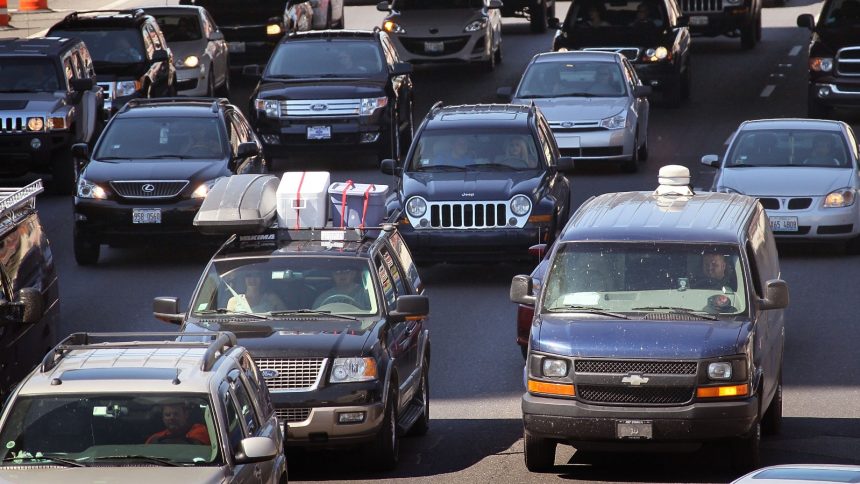This story was originally published by Inside Climate News and is reproduced here as part of the Climate Desk collaboration. Blake Dollier, the public relations director at the Indiana Department of Transportation (INDOT), expressed excitement as construction crews worked on a quarter-mile stretch of U.S. Highway 52 in West Lafayette, Indiana. The project involves installing copper coils under the highway’s surface to test Purdue University-developed technology that can wirelessly power electric vehicles as they pass by. INDOT hopes this pilot project, done in partnership with Purdue and Cummins Inc., will increase EV adoption and address range anxiety concerns. The goal is to make EVs more accessible by reducing battery costs and making charging more convenient.
The technology, known as a “dynamic EV charger,” has been tested on residential roads but will be implemented on a highway for the first time in Indiana. Researchers believe this innovation could also facilitate the electrification of heavy-duty trucks, making them more cost-effective and reducing the need for frequent recharging stops. The project is expected to be completed by next summer and could potentially benefit a broader audience if successful.
While current vehicles are not compatible with the wireless charging system, the infrastructure is designed to activate only when a receiver is present, ensuring safety for pedestrians and other road users. Greater Indiana Clean Cities, an energy advocacy nonprofit, sees this project as a significant step towards accelerating EV adoption in the state. With increasing interest in electric vehicles and significant investments in EV-related production, Indiana is positioning itself as a hub for clean transportation.
The economic and environmental benefits of transitioning to EVs are evident. With Indiana being a major transportation hub in the U.S., a robust EV charging infrastructure could have national implications. This initiative aligns with efforts to reduce greenhouse gas emissions and improve air quality, ultimately contributing to a cleaner and more sustainable future. By embracing innovative technologies and sustainable practices, Indiana is paving the way for a greener transportation landscape.






